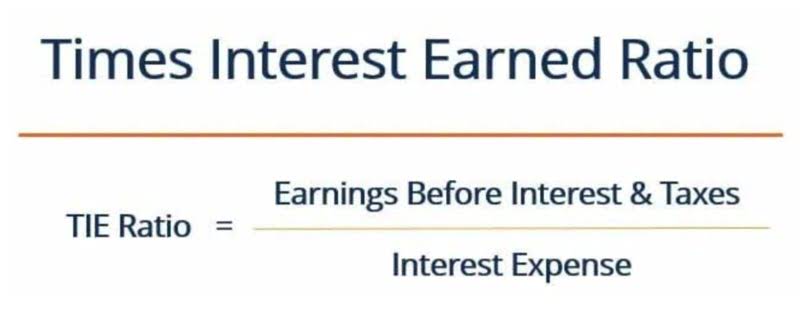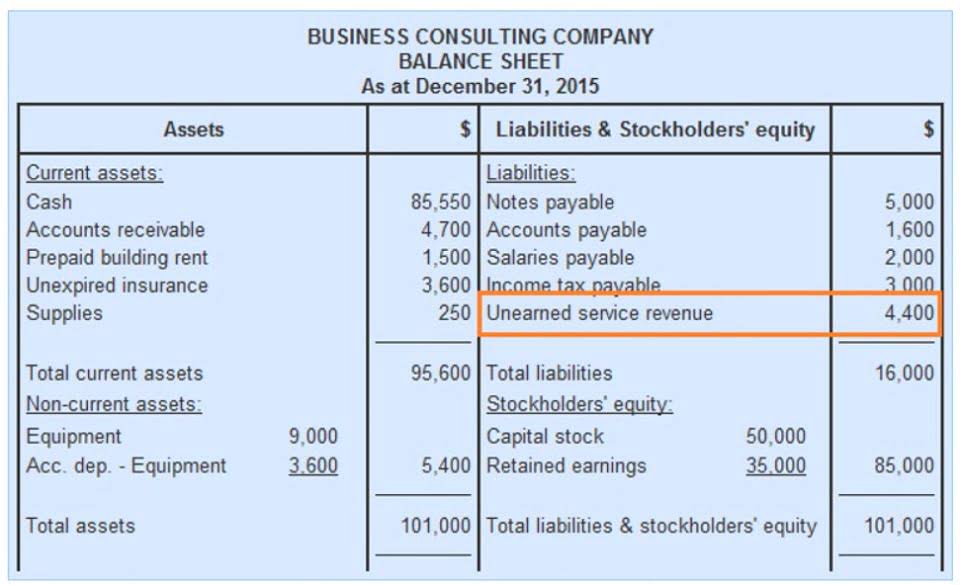The Ideal Order of Financial Statements for Analysis

When creating your income statement, list revenues first. Then, list out any expenses your company had during the period and subtract the expenses from your revenue. The bottom of your income statement will tell you whether you have a net income or loss for the period. Your income statement gives you insight into your company’s income and expenses.
Statement of Retained Earnings (or Owner’s Equity)
The bookkeeping and payroll services statement of cash flows also shows how money moves in investing and financing activities. This is crucial for meeting both immediate and future financial needs. Your balance sheet is a complete list of your assets, liabilities, and equity.
Dissecting the Balance Sheet’s Structure
- The interactive activity below contains the last row of our spreadsheet (the “Balance” row with the totals for each category).
- Check out our FREE guide, Use Financial Statements to Assess the Health of Your Business, to learn more about the different types of financial statements for your business.
- Looking into these shows the core of a company’s finances, helping those in charge make decisions.
- This helps in business evaluation and deep financial analysis.
- You can use the information from your income statement and statement of retained earnings to create your balance sheet.
- Since this whole analysis was based on cash transactions, our statement of cash flows won’t be any different than our income statement above.
This allows stakeholders to make well-informed decisions about the company’s financial state and growth potential. Knowing the structure of the balance sheet is key for examining a company’s finances. It reveals if cash flow is sufficient, debts are managed well, and equity decisions are wise. By following GAAP, business owners give clarity about their company’s health to stakeholders and investors. This helps everyone understand the company’s real financial situation, not just guesses.

Learning Outcomes

After you gather information about your net profit or loss, you can see your online bookkeeping total retained earnings and how much you’ll pay out to investors (if applicable). Looking from the big picture of revenue to the details of cash management shows the power of these statements. It enables investors, executives, and analysts to create strong financial strategies. These strategies help improve the firm value and push the company forward. In the end, these documents are vital for anyone wanting a clear financial picture and a successful future for the company. Cash is crucial for a business, and the cash flow statement shows a company’s liquidity.
Cash flow statement
It looks at cash inflows and outflows from operations, investments, and financing. This highlights a company’s financial stability and flexibility. These financial statements form the core of the annual report. Owners, employees, investors, banks, and shareholders, for example, rely on these details.
- Your assets are items of value and things that your business owns.
- Owners, employees, investors, banks, and shareholders, for example, rely on these details.
- The statement of cash flows shows the cash inflows and cash outflows from operating, investing, and financing activities.
- We will examine the statement of cash flows in more detail later but for now understand it is a required financial statement and is prepared last.
- You can use your statement of retained earnings independently.
Chapter 1: The Role of Accounting in Business
If they don’t, financial statements definition your balance sheet is unbalanced, and you need to find what’s causing the discrepancy between your assets, liabilities, and equity. Liabilities are debts you owe to other individuals, such as businesses, organizations, or agencies. Your liabilities can either be current (short-term) or noncurrent (long-term).
- Then, list out any expenses your company had during the period and subtract the expenses from your revenue.
- This helps everyone understand the company’s real financial situation, not just guesses.
- The balance sheet comes first, showing what a company owns and owes.
- See if you can figure out where the various column totals go in the income statement.
- If the difference is positive, there is a profit or net income.
- Current assets are items of value that can convert into cash within one year (e.g., checking account).
- Without them, you wouldn’t be able to monitor your revenue, project your future finances, or keep your business on track for success.
Statement of Owner’s Equity

Your statement of cash flows only records the actual cash your company has. For instance, banks often want basic financials to verify the a company can pay its debts, while the SEC required audited financial statements from all public companies. Financial statements show a business’s money situation and how it’s doing. This info is key for anyone needing to value the company for big decisions. Since this whole analysis was based on cash transactions, our statement of cash flows won’t be any different than our income statement above. The bottom line of your income statement will let you know whether you have a net income or loss for the period.

Prepare your cash flow statement last because it takes information from all of your other financial statements. Your balance sheet is a big indicator of your company’s current and future financial health. Use your balance sheet to find out where you stand financially. You can also use your balance sheet to help you make guided financial decisions. Financial statements are prepared by transferring the account balances on the adjusted trial balance to a set of financial statement templates. We will discuss the financial statement form in the next section of the course.


